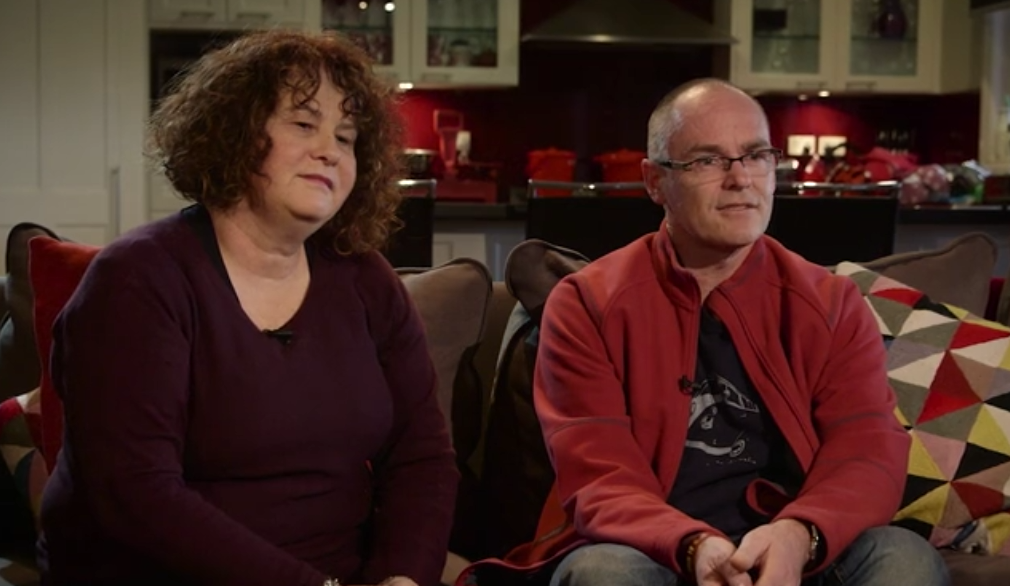On this page
- What is risk awareness and avoidance – and why should students learn these strategies
- The science behind risky decisions: adolescents versus adults
- The impact of violence – on victims, perpetrators, family, and friends
- 4 things teenagers must know when responding to a potentially violent situation
- Pat’s story: A powerful glimpse into the reality of violence for young people
What is risk awareness and avoidance – and why should students learn these strategies?
It’s natural for young people to take risks as they explore their limits. Part of our roles as teachers and parents is to encourage them to do that safely while educating them about how to avoid situations where they could endanger themselves and others, such as violence.
Equipping school students and young people with the tools to recognise and avoid risk (particularly as it relates to violence) is important because:
- Youth violence is common. It’s a leading cause of death and injury for young people.
- Our own research reveals that 23 percent of students like to watch fights at school.
- 26 percent, meanwhile, believe that some things have to be solved by force.
Key points discussed in this article include:
- Teenagers process risk very differently from older people, relying on a “logical” approach rather than calling on experience.
- With the benefit of experience as we get older, we tend to “go with our gut” when evaluating risky decisions, often resulting in better decisions.
- Being aware of our surroundings, the way people are interacting, and signs of aggression are crucial skills when it comes to evaluating the risk of violence and avoiding it.
The science behind risky decisions: adolescents versus adults
Reckless behaviour and experimentation have long been considered hallmarks of adolescence as rapid changes occur in their physical, emotional, and social development en route to adult roles and responsibilities.
Contrary to popular belief, teenagers don’t take more risks than older people because they think they’re immortal.
Neither are they oblivious to risk.
Instead, they view risk very differently, using a logical approach (relying on facts and details) rather than calling on experience to weigh the dangers against the benefits. An example of this in action might be that if the risky behaviour is only engaged in once or twice, the odds may appear favourable.
The older we get, the more we “go with our gut.” The more we rely on personal experience, the less we trade off serious risks against immediate rewards, tending to make better decisions as a result.
In addition, the frontal lobe of the brain, which is believed to control decision-making and risk-taking, is not fully mature until we are in our mid- to late-twenties.
Research also shows that when adolescents think their peers are watching them, they are more likely to take risks.
The impact of violence – on victims as well as perpetrators
The risks associated with engaging in violence are just not worth it.
The Pat Cronin Foundation classroom learning materials emphasise this point as part of wide-ranging strategies to assist young people in making wise decisions.
Coward punch assaults have killed more than 170 Australians since the year 2000. Punches and kicks can also cause:
- Brain damage resulting in lifelong disability
- Broken bones
- Damage to internal organs
- Serious emotional and mental health consequences for victims as well as their families.
Perpetrators of violence, meanwhile, face:
- Lengthy jail terms
- Criminal records
- Employment difficulties
- Travel restrictions
- Destruction of relationships with friends and family.
4 things teenagers must know when responding to a potentially violent situation
- Awareness is the first step when it comes to staying safe. In social settings, it’s crucial that young people be aware of the risk of violence presented by factors such as the presence of alcohol and whether help is close by.
- We also need to stay alert to the way people around us are interacting and any signs of people showing signs of aggression, including shouting, pushing, and hostile gestures.
- Directing blame in a potentially violent situation is pointless and dangerous. Focus on your own behaviour instead of fuelling any hostilities. For the same reason, don’t raise your voice, don’t make it personal, and stick to the point during an argument.
- While it is not always possible, the best way to protect yourself is to remove yourself. Excusing yourself before the circumstances become too inflamed will provide space to think about your emotions and put them into perspective.
Pat’s story: A powerful glimpse into the reality of violence for young people

People also ask:
Why do teenagers take risks?
The teenage years are marked by rapid physical, emotional, and social development. Forming a sense of identity through experimentation is part of this, as is a heightened sense of reward for risky behavior—especially when it draws approval from peers.
What are risk-taking behaviours in adolescence?
Common high-risk adolescent behaviours include violence, alcohol and illegal substance abuse, dangerous driving, unprotected sexual activity, and “sexting.”
Does risk-taking increase during adolescence?
As a general rule, studies demonstrate that risky behaviour increases in adolescence before declining as people reach their twenties.
What is positive risk taking?
Positive risk encourages and supports people in taking risks to achieve personal growth including building confidence and new skills, as opposed to engaging in potentially harmful behaviours.
When you’re ready, there are 3 ways we can help you…
Join the 2000 teachers who have already been equipped with the tools for helping students manage anger and conflict.
Be Wise Presentations: Led by expert presenters, our Be Wise Presentations will engage young people and empower them to make positive changes as we explore the impacts of conflict and violence.
Be Wise Violence Prevention eLearning for High Schools: explores risks, choices and consequences, using real stories and personal reflection on how to manage anger and navigate social conflict.
Be Wise Story Book Lesson Plans for Primary Schools: engaging storybooks and teacher-led lesson plans to help foster safety and respect in the playground.

